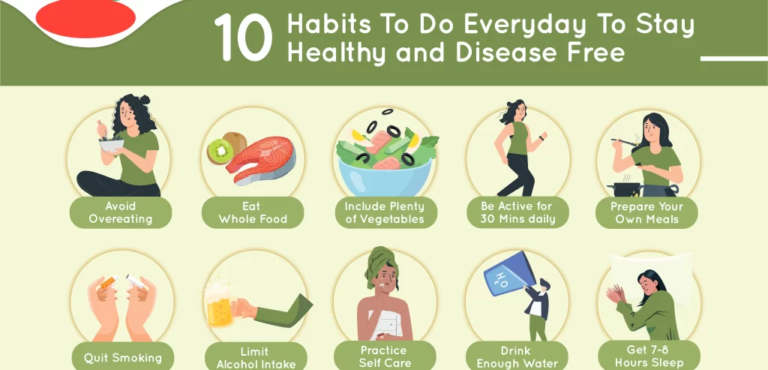Strategic Workforce Planning: The Foundation of Successful Hiring
Strategic workforce planning serves as your blueprint to recruiting success. Much like an artisan chooses his tools before creating his masterpiece, think of this more as a proactive, consultative approach-anticipated versus reactionary-aligned with business objectives. For instance, in a 2022 McKinsey report, companies that have strategic workforce plans experience a 20% efficiency boost in talent acquisition. Approach this first by conducting a detailed skills gap analysis, focusing on the areas where your organization lacks at the moment. Second, make workforce forecasts by utilizing data analytics to estimate future trends and demands. Take a look at practical examples: for instance, companies like Google use predictive modeling to forecast changes in talent needs to stay ahead in the competitive market. Additionally, develop a flexible recruitment strategy that can change with changing market conditions. This may be cross-training employees to fill skills gaps or investing in technology for more precise talent assessments. By carefully strategizing your workforce, you set the base for resilient, forward-looking hiring practices.
Creating the Perfect Job Description
- Precision of Role: Clearly outline the responsibilities and expectations. In a survey conducted by LinkedIn, 64% of candidates said a detailed job description significantly influenced their decision to apply.
- Required Skills and Qualifications: Enumerate must-have skills in concise bullets. Prioritizing needs helps in screening out unqualified candidates.
- Company Culture and Values: Inject some of your organization’s culture. Applicants are more likely to connect with a job that reflects their values, thus improving the cultural fit.
- Career Paths: Describe possible career paths and learning opportunities within your organization. According to Glassdoor, 76% of candidates want to know about career development.
- Inclusive Language: Avoid using gender-oriented terms and technical jargon, which could discourage underrepresented groups from applying. This opens up your talent pool.
Leveraging Technology: Tools for Streamlined Recruitment
In the dynamic landscape of recruitment, leveraging technology is akin to equipping oneself with a state-of-the-art toolkit tailor-made for precision and efficiency. Streamlining recruitment is incomprehensible without having something data-driven at the lead. First, an ATS or Applicant Tracking Systems facilitates automation in candidate tracking from application to onboarding. According to a 2023 report by CareerBuilder, 75% of the recruiters said that an ATS reduced their hiring time up to 50%.
Integrate AI-powered video interviewing software, such as HireVue or MyInterview, that evaluate candidate responses and even non-verbals to predict both cultural fit and possible success within the role. This speeds up the process while giving way to more objectivity in reviews. Moreover, chatbots will help resolve common inquiries for candidates at an initial stage much faster and thus improve the candidate experience by 63%, which was noted in a Deloitte case study.
Adopt predictive analytics to anticipate trends in recruitment and candidate success. For instance, Kenexa from IBM leverages analytics to determine what characteristics correlate with high performance, thus helping businesses select candidates more effectively.
By integrating these technologies, you transform your recruitment process into a streamlined, effective operation, reducing bias, saving time, and enhancing candidate quality — culminating in strategic hiring success.
Evaluating Candidates: Beyond the Resume
The pursuit of the perfect hire requires going beyond the resume. Resumes give a snapshot of qualifications, but finding real potential requires a multidimensional assessment. Start with behavioral interviews, which use the past to predict the future. For example, a 2023 Harvard Business Review study showed that candidates chosen through behavioral assessments achieved a 30% better job performance and retention rate.
Include skills assessments relevant to the position. Sites like Codility for technical positions or Vervoe for customer-facing positions allow a candidate to demonstrate their skills in a real-world environment. These assessments are far more valid than what can be gleaned from a resume.
Additionally, reference checks should go beyond basic employment verification. Engage with former colleagues to glean insights on a candidate’s collaboration and problem-solving skills. Another innovative approach is to evaluate a candidate’s online presence. Platforms like LinkedIn can reveal endorsements and mutual connections, offering a glimpse into their professional network and thought leadership.
These dimensions take you from a superficial review of resumes to an in-depth candidate evaluation that ensures the right fit for your organization’s needs.
The Role of Diversity and Inclusion in Modern Recruitment
In today’s competitive recruitment landscape, diversity and inclusion are not buzzwords but have become a pivotal element in driving hiring success. Diverse teams outperform their peers: according to McKinsey, companies in the top quartile for ethnic and cultural diversity are 36% more likely to outperform in profitability. Thus, integrating D&I into recruitment strategies will be imperative to unlock innovative potential and improve organizational performance.
To increase diversity, first expand the sourcing channels. For instance, consider partnerships with organizations that represent underrepresented groups, such as Women Who Code or the National Society of Black Engineers, for broader outreach. Another option is blind resume reviews; this helps to eliminate unconscious bias. In fact, organizations have seen a spike in diverse hires by up to 46% through this practice, according to a 2023 study by BCG.
Inclusion goes beyond hiring — it’s about cultivating an environment where all employees feel valued. Design structured onboarding programs that accentuate cultural awareness and inclusivity. Microsoft uses mentorship and training focused on diverse employees, helping them stay longer and have better job satisfaction.
Finally, measure your D&I outcomes. Apply some metrics, like the ratio of diversity hires in relation to the overall flow of hires, and employee satisfaction surveys as a means of constantly honing your strategies to best meet both corporate goals and social responsibilities.
Tailor-Making the Interview Process for Maximum Insight
Personalizing the interview process is integral to unlocking deeper candidate insights and ensuring a stronger alignment with your company’s needs. Begin by customizing interview questions to fit the specific role and required competencies. Consider structured interviews, found by University of Minnesota research to raise the predictive validity of hiring decisions by 62%. Tailor questions that will probe for problem-solving skills and adaptability, such as: “Describe a time when you had to pivot quickly in a project — what was the outcome?”
Integrate situational judgment tests, mirroring real workplace scenarios. For example, if hiring for a project manager, present a hypothetical project timeline issue and evaluate how candidates prioritize tasks.
Additionally, involve diverse interview panels. Diverse perspectives can unearth different facets of a candidate’s potential, reducing bias and enhancing fairness. Consider feedback from each panel member to form a comprehensive evaluation.
By customizing your interview process, you get much more substantive insights that will result in better hiring decisions for the strategic goals of your organization.
Conclusion: Sustaining Recruitment Success Through Continuous Improvement
Success in recruitment requires continuous improvement on all fronts of the hiring process. As seen, strategic workforce planning lays a solid foundation by aligning talent needs with business goals, and well-crafted job descriptions attract the right candidates. Technology helps in streamlining the process of recruitment to a great extent, enhancing efficiency and objectivity. Besides delving into behavioral interviews and skills assessments that delve beyond resumes, it assures that candidates’ capabilities meet job requirements. Emphasizing diversity and inclusion strengthens team dynamics and fosters better performance. Personalized interviews also give nuanced insight into the potential of a candidate. These strategies need constant refinement for an organization to stay competitive in both its current and long-term interest.















